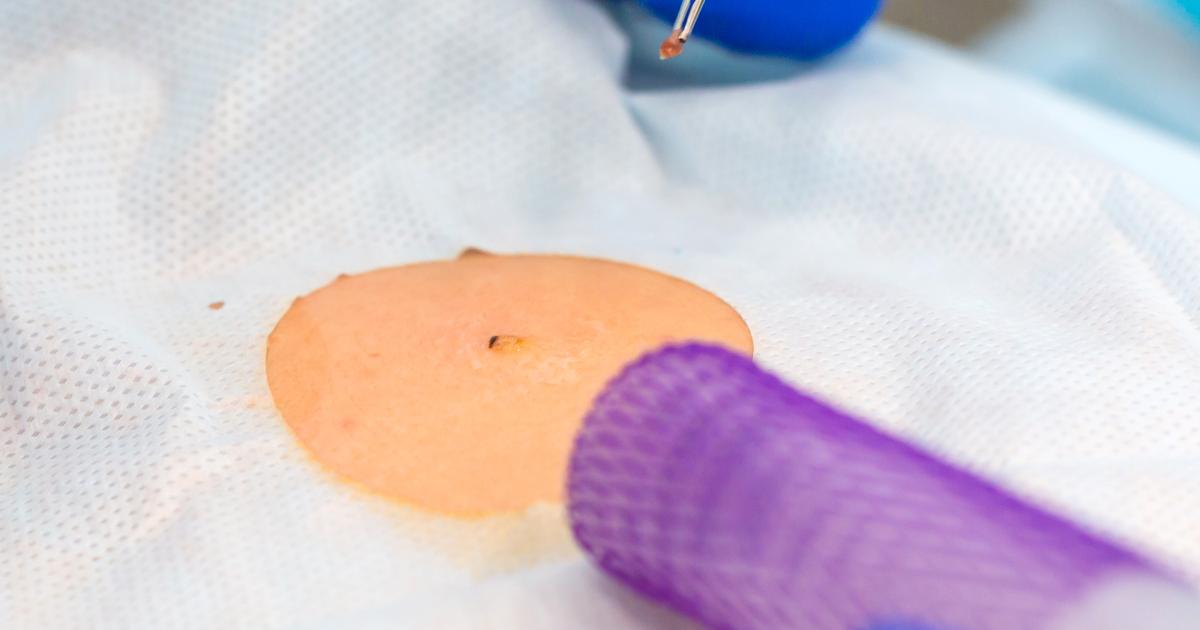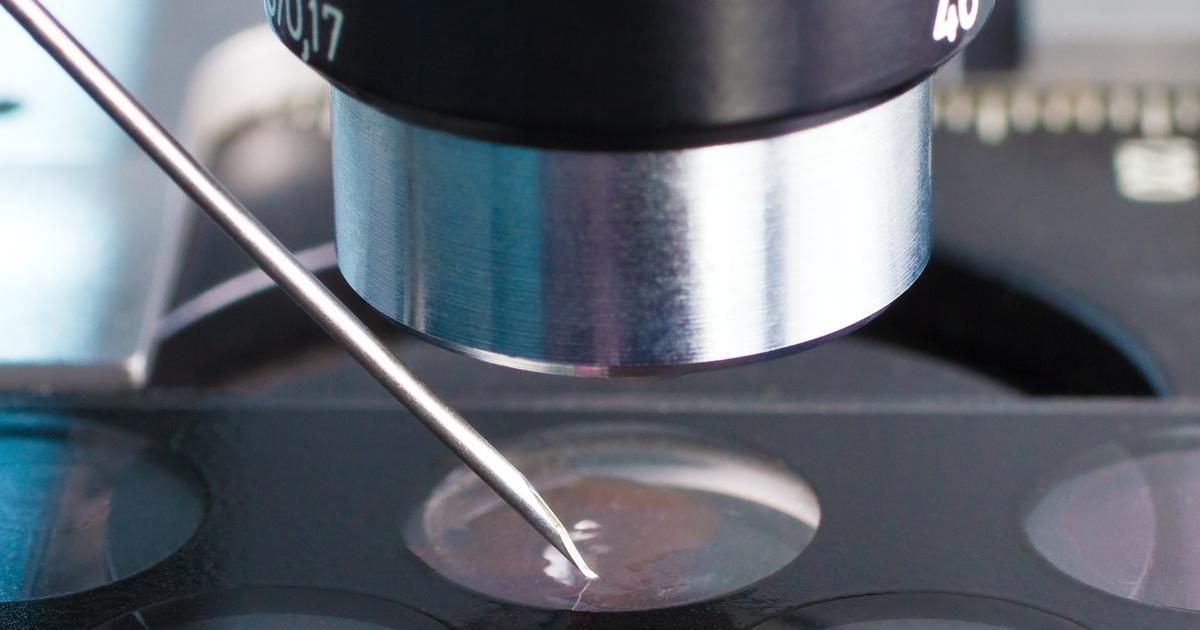Guide To Prevention And Treatment Options For Moles
Excisional Surgery

Other kinds of excisional surgery besides shave excision may also be performed. Of course, this depends on the location of the mole and the patient's concerns. Another type of excision surgery is a full-thickness skin excision, which is significantly more invasive and required sutures. This technique is used in cases where the skin lesion or mole is located in deeper skin tissues. In these cases, the doctor needs to cut to the fatty layer beneath the skin. If the doctor is concerned the lesion might be cancerous, they may remove a small amount of healthy tissue surrounding the mole to make sure that all potentially cancerous cells have been eliminated.
Full-thickness excision is more commonly done in cases where skin cancer is a concern. It is rarely the first option for cases of cosmetic concern, because it tends to produce more serious scarring than shave excision. If individuals have a mole above their skin, the doctor may use an excisional surgery called a simple scissor excision. During this procedure, small scissors are used to cut underneath and around the mole to remove it.
Read more about treating moles now.
Biopsy

If a mole has changed in shape, size, or color, individuals should talk to a doctor. The doctor may have concerns regarding the potential for cancer. They may do a skin biopsy when deciding whether full removal is the best treatment option. During a skin biopsy, there are skin samples or cells removed from the body's surface. The goal is to get a sample large enough to be analyzed in a lab. There are three types of biopsies used, one of which is called a shave biopsy. Like a shave excision, this procedure uses a razor to remove a small portion of the mole. A punch biopsy is done by using a circular tool that removes a section of the mole and some of the layers underneath, including the epidermis, dermis, and fatty layer. An excisional biopsy is performed when the doctor removes the entire mole and some healthy tissue around it, then sends that to be analyzed in a lab.
Get familiar with what treatments do not work on moles next.
